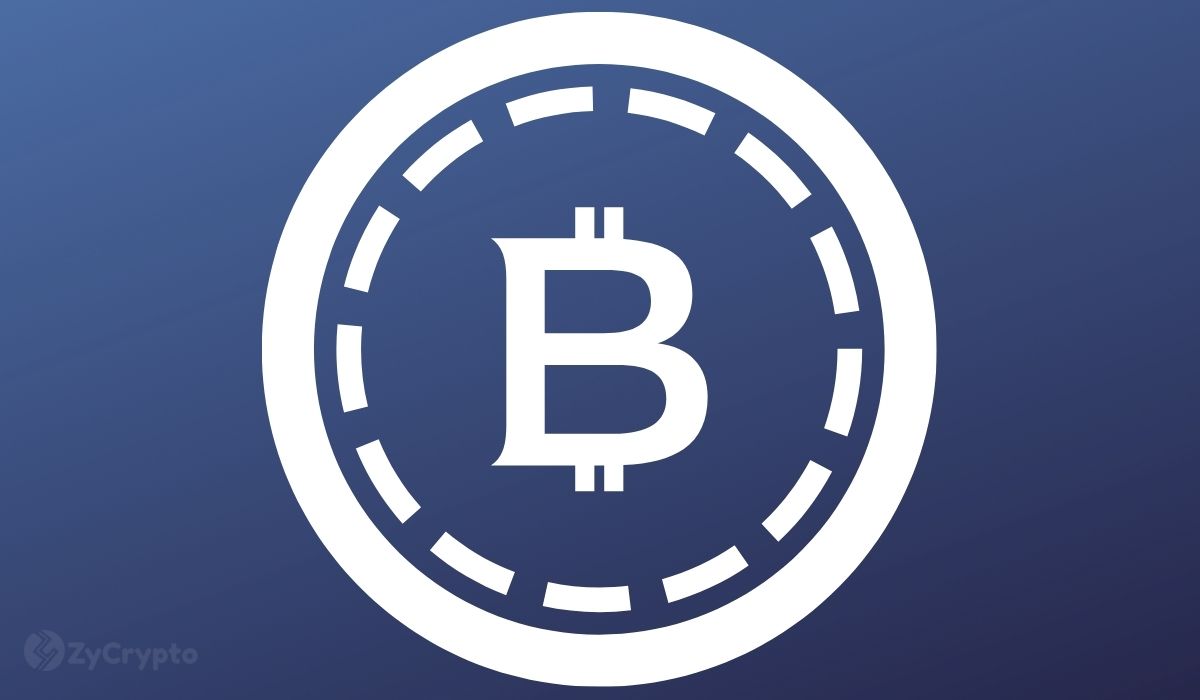Eurozone inflation takes a break – How the economy is reacting
April marked a standstill in Eurozone inflation, holding steady for the first time in 2023. Despite exiting a minor recession late last year, the economy only notched a 0.1% growth in the first quarter. Prices ticked up by 2.4% compared to a year ago, mirroring the inflation rate from March.
This stabilization might be reflecting a broader trend, considering both the European Central Bank’s (ECB) recent readings and market expectations.
ECB’s Tightrope Walk on Interest Rates
The ECB is on the brink of reducing interest rates, penciled in for June 6. This comes after a rigorous phase of rate hikes aimed at controlling inflation, which appears to be plateauing. While Middle East tensions have recently pushed energy costs higher, an inflation metric that excludes these volatile elements suggests a positive downtrend, potentially comforting for policymakers. This core measure of inflation is expected to have decelerated to 2.6% in April, edging closer to the ECB’s target of 2%.
As per the ECB’s insight, shared by President Christine Lagarde, the economy remains fragile with predicted “bumps on the road” affecting inflation rates. This makes the upcoming rate cut a crucial move, aiming to ease the economic constriction across the Eurozone. Meanwhile, underlying pressures from energy prices are noted but are not seen as a derailment to the overall disinflation process, which is well on its course.
Economic Pulse Across the Eurozone
Different corners of the Eurozone are showing varied economic signs. Preliminary data hint at an uptick in inflation in Germany and Spain, set against a backdrop of weakening numbers from France and Italy. This mixed picture underlines the uneven recovery across the bloc, with Tuesday’s detailed GDP figures anticipated to reveal more about local disparities.
Ireland’s economic data, expected to roll out on Monday, might offer early clues, given the country’s disproportionate influence due to its status as a hub for U.S. multinationals. Such factors often amplify Ireland’s economic shifts, which could tilt the entire Eurozone.
The focus also remains on whether consumer price inflation is aligning with the ECB’s 2% target, crucial for determining the course of future monetary policy. Reports scheduled for release at 11 AM CET on Tuesday are eagerly awaited to confirm if the Consumer Price Index (CPI) is stabilizing as forecasted.
Insights from Bloomberg Economics suggest that while the headline inflation rate for April could remain steady due to rising energy costs, the core inflation, which excludes such costs, might show a significant drop. This pattern indicates a solid advance in the disinflation process, with price gains expected to dip below 2% by summer, reinforcing the likelihood of a June rate cut.
Contributors to the inflation mix in March were led by services, which added 1.76 percentage points to the Eurozone inflation rate. This was followed by food, alcohol, and tobacco. Conversely, energy prices had a slight dampening effect on the overall inflation.
Moving on, both Goldman Sachs and Morningstar analysts predict that core inflation will continue to ease, influenced by a softening in services price expectations and a general cooling of near-term price pressures.
This trend supports a continued focus on reaching inflation targets without undue disruption from external price shocks, such as recent spikes in oil prices, which are being closely monitored by the ECB.
Remember, as these economic indicators flicker, the general narrative remains one of cautious optimism, with an acute awareness of the struggles that lie ahead for the Eurozone’s economy.






